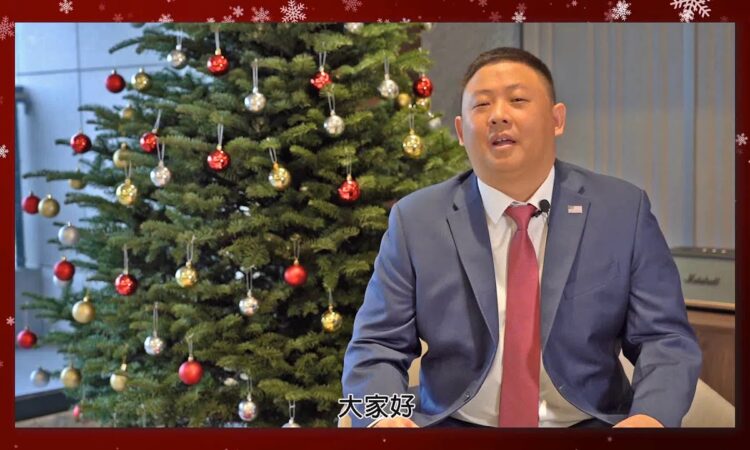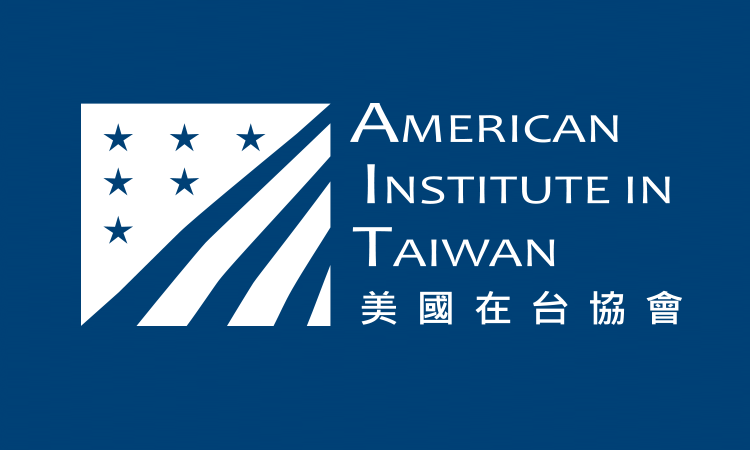OT-1969
September 18, 2019
Remarks by AIT Director W. Brent Christensen at SEMICON Taiwan
September 18, 2019
Vice Premier Chen, Deputy Minister of Economic Affairs Lin Chuan-neng, SEMI Global President Manocha, distinguished guests, ladies and gentlemen, zao an!
It is my distinct honor to be here today at the SEMICON Taiwan trade show, Taiwan’s most important semiconductor event of the year. Semiconductors are the foundation of the digital economy, and Taiwan is the foundation of the global semiconductor industry. What all of you gathered in this room do over the next five to ten years will very much shape not only the future of high-tech supply chains, but in a very real sense the future of the entire world. That may a bold statement to make. But perhaps it is something you already know.
To understand why we think this way, I will first share some thoughts on how we see the semiconductor industry within the current geopolitical context, then discuss Taiwan’s central role in how the future unfolds, and finally offer some concrete recommendations on how we can more closely integrate the U.S. and Taiwan semiconductor supply chains.
In discussing the state of play of the current semiconductor industry, I would be remiss if I did not briefly touch upon the economic and the national security aspects of today’s trade tensions between the United States and China, at least as they relate to the core issues of technology. As the negotiations over the last year have made clear, the economic differences between the United States and China – such as trade deficits, agricultural purchases and the like – are difficult enough to resolve; but the national security issues are core concerns unlikely to go away even if some sort of trade agreement is reached. In the emerging digital age, when everything – from cities to factories to consumers – is driven by advanced semiconductors, powered by artificial intelligence, and connected by 5G, core technologies have profound national security and strategic considerations. Our semiconductors must be designed, made, packaged, and tested all by trusted partners. Artificial intelligence must be programmed with security in mind with reliable data sets and chips. And our economies cannot risk our intellectual property being stolen or the internet being shut down by unsecure 5G networks.
It is in the interest of both the United States and Taiwan and also the global semiconductor industry that China abide by the global, rules-based economic order and abandon market-distorting subsidies, forced intellectual property transfer, cyber theft of trade secrets, and poaching of top technical talent. This would not only benefit the United States, Taiwan, and other like-minded partners, but also China itself.
Which brings us to the central role Taiwan plays. For decades, Taiwan has been a critical link in global technology supply chains. Taiwan is home to some of the world’s most advanced semiconductor and electronic component manufacturers, a deep pool of world-class engineers, highly adaptive technology support services, and innovative startups. Taiwan follows the international rules of the road and is rapidly making the transition to an innovation-based economy. The rest of the world has taken note. The World Economic Forum concluded last year that Taiwan has emerged as one of the world’s four “super-innovators.” As we all know, the semiconductor industry is Taiwan’s most important industry. As we build together this new digital age, it is vital that we work assiduously and creatively to preserve the close ties we have enjoyed for the last 30 years.
The crux of the matter is quite simple: where does the industry see its future? If the answer is in China, then that is where the investment money and talent will flow. If the answer is the U.S.-Taiwan nexus and in other like-minded partners, then the investment and talent will flow there instead. This is why we are particularly pleased to see high-tech investment flows increasing rapidly between the U.S. and Taiwan. I am pleased to note that when I went back to Washington, D.C. this year for the annual SelectUSA Investment Summit, Taiwan had the largest delegation in attendance. I would like to take this opportunity to thank TSIA and SEMI Taiwan for helping put together Taiwan’s stellar delegation. Equally worth noting, many of the United States’ top technology firms – including Micron, Corning, Qualcomm, Microsoft, Google, and Facebook to name just a few – are all ramping up their investments and presence here in Taiwan.
To accelerate these trends, especially in semiconductors, I have three recommendations. First, let’s focus on joint investment in advanced semiconductor research and development and design. Increased investment in the United States by Taiwan’s leading semiconductor firms, especially in advanced research, will ensure that that United States’ and Taiwan’s technology future remains firmly tied together.
Second, we should encourage closer collaboration between industry and academia on both sides of the Asia-Pacific. The secret sauce of U.S. innovation are the close ties between academia and industry and the resulting commercialization of new technologies. Our top universities, such as Stanford, Duke, MIT, UT Austin and others, now view themselves as startup incubators for launching new, innovative companies. Closer collaboration between U.S. and Taiwan universities and industry will supercharge our innovative relationship.
Third, we must significantly expand the circulation of talent between and among the United States, Taiwan, and other like-minded partners. Much of Taiwan’s technology industry was founded by the talented people who either first studied or worked in the United States. Through the recently launched Talent Circulation Alliance, the United States and Taiwan are looking to recreate this same story for the digital age. We invite each and every one of the companies gathered here today to invest in professional exchange opportunities for your top talent.
As we participate in the SEMICON Taiwan trade show, I am confident that we will all find it to be a valuable opportunity to learn more about “leading the smart future” in the digital age.
Thank you.


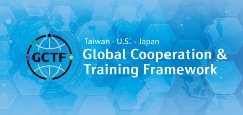




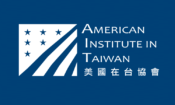





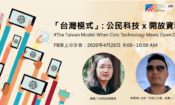
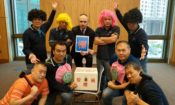
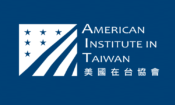
![Video Thumbnail [Recovered]-01](../wp-content/uploads/sites/269/Video-Thumbnail-Recovered-01-1-750x450.jpg)
